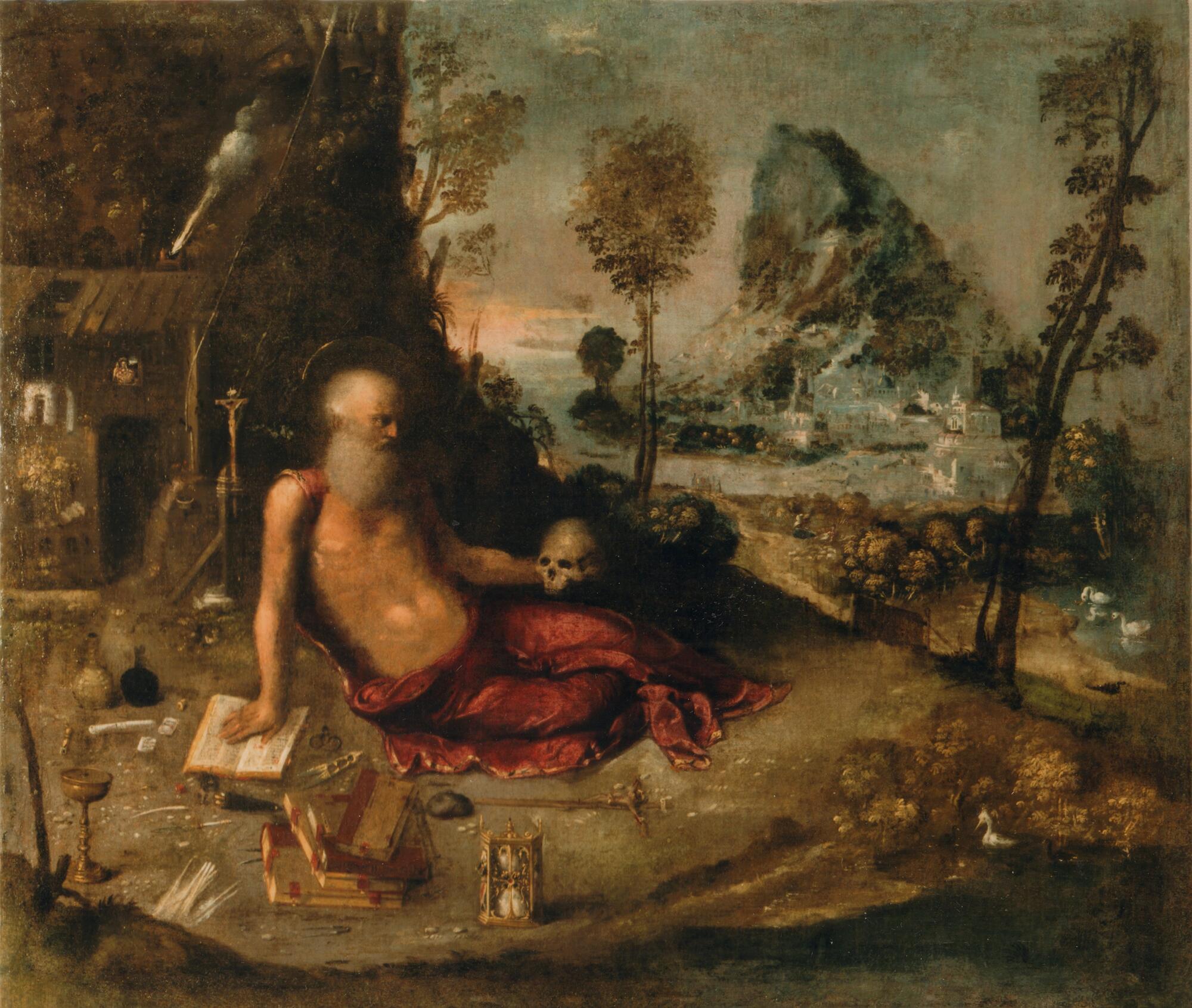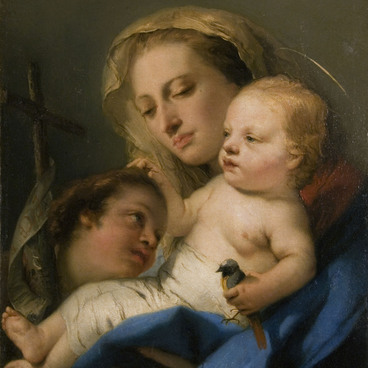The painting by Dosso Dossi (1490-1542) “Saint Jerome” entered the museum in 1918 from the Karacharovsky estate of the Counts Uvarov, thanks to which it has a reliable provenance — the history of ownership of the artwork. Experts have never questioned the authorship of the famous Italian artist of the Late Renaissance Dosso Dossi. It was also confirmed in the long process of restoration at the Grabar Art Conservation Center. The difficulty in the restorers work was the scale of the later interventions in the author’s painting, which in many ways turned out to be hidden under the layers of paints, which significantly changed the work appearance. After their removal and strengthening of the painting, the author’s details of the picture were revealed, the color scheme and coloring changed. The landscape and the city in the background have become more detailed. At the exhibition of restored masterpieces “A Century for the Eternal” in Moscow in 2018, “Saint Jerome” by Dosso Dossi from Murom occupied a central place and attracted special attention.
The painting depicts Saint Jerome (342-420), revered by Catholics and Orthodox. He is a church writer, ascetic, translator, creator of the The Bible in Latin, a Vulgate, recognized as canonical in the Catholic Church. In the paintings of Italian artists, he is often depicted as a hermit father surrounded by symbolic objects. One of the legends about him says that Jerome pulled a splinter out of the lion’s paw, and it became his constant companion. The tamed king of beasts is present in most of the paintings with this saint. The lion is also present in our picture, only here it is not so easy to detect. The artist seems to be asking the viewer to find a lion in his canvas. He showed it in the right part of the picture. The deliberately miniature image of this animal at the edge of the reservoir is almost invisible. Dosso Dossi skillfully “hid” the lion in the landscape, painted it in the same “sandy” color. In his other painting “Saint Jerome” (1518) from the Museum of Art History in Vienna, this painter encrypted his signature in a rebus. The large bone in the foreground on the right is embedded in the letter “D”. It’s all about the nickname that became the surname Dosso, where “osso” means “bone”. Dosso Dossi usually did not sign his works and the Viennese painting is the only exception so far.
The painting depicts Saint Jerome (342-420), revered by Catholics and Orthodox. He is a church writer, ascetic, translator, creator of the The Bible in Latin, a Vulgate, recognized as canonical in the Catholic Church. In the paintings of Italian artists, he is often depicted as a hermit father surrounded by symbolic objects. One of the legends about him says that Jerome pulled a splinter out of the lion’s paw, and it became his constant companion. The tamed king of beasts is present in most of the paintings with this saint. The lion is also present in our picture, only here it is not so easy to detect. The artist seems to be asking the viewer to find a lion in his canvas. He showed it in the right part of the picture. The deliberately miniature image of this animal at the edge of the reservoir is almost invisible. Dosso Dossi skillfully “hid” the lion in the landscape, painted it in the same “sandy” color. In his other painting “Saint Jerome” (1518) from the Museum of Art History in Vienna, this painter encrypted his signature in a rebus. The large bone in the foreground on the right is embedded in the letter “D”. It’s all about the nickname that became the surname Dosso, where “osso” means “bone”. Dosso Dossi usually did not sign his works and the Viennese painting is the only exception so far.



